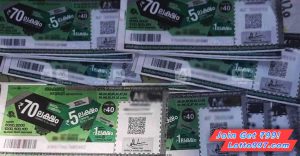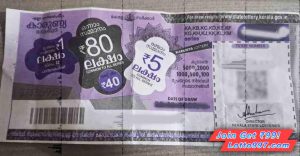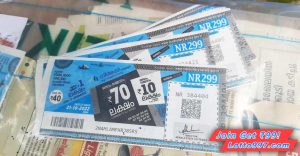
Introduction
Mega Millions continues to captivate the imaginations of players in the United States and around the world with its promise of life-changing jackpots, often reaching hundreds of millions or even billions of dollars. While the allure of becoming an overnight millionaire is undeniable, it raises a critical question: What are the odds of actually winning, and how many number combinations are possible in this popular lottery game?
Understanding the Mega Millions Game Mechanism
Before diving into the sheer number of combinations, it’s essential to grasp how Mega Millions operates. Mega Millions is a two-pot lottery game where players must select five different numbers (the white balls) from a pool ranging from 1 to 70, and an additional number (the Mega Ball) from a separate pool of numbers ranging from 1 to 25.
Winners of the Mega Millions jackpot must correctly predict all five white ball numbers plus the Mega Ball number. However, there are also lower-tier prizes for matching fewer numbers, providing players with more chances, albeit at smaller payouts.
The Mega Millions draws take place every Tuesday and Friday, with each draw employing two separate drawing machines – one for the white balls and another for the Mega Ball. The ball sets and drawing machines are randomly selected and certified by an external inspector, ensuring that every number has an equal chance of being drawn. Rigorous testing is performed on both the machines and the ball sets to guarantee their randomness.
Calculating the Number Combinations
To determine the total number of possible combinations in Mega Millions, we must employ the binomial coefficient formula, which is a way of calculating how many ways we can choose a set number of items from a larger pool. In the case of Mega Millions, we need to calculate the number of ways to choose five numbers from a pool of 70 and one Mega Ball from a pool of 25.
First, we calculate the number of ways to choose the five white balls out of 70, using the binomial coefficient formula:
\[ \binom{70}{5} = \frac{70!}{5!(70-5)!} \]
This mathematical computation can be simplified through calculations, and it turns out to be 12,103,014 ways.
Next, for the Mega Ball, we have 25 possible choices, which is straightforward:
\[ 25 \]
The total number of combinations is the product of the individual combinations of the white balls and the Mega Ball:
\[ 12,103,014 \times 25 = 302,575,350 \]
Thus, there are 302,575,350 possible combinations in Mega Millions, which translates into extremely slim odds for winning the jackpot.
Mega Millions Compared to Other Lotteries
Mega Millions ranks among the lotteries with the highest number of possible combinations, second only to Italy’s SuperEnalotto, which has over 622 million combinations. Powerball follows Mega Millions closely, and the complexity of these games is influenced by factors such as the number of balls drawn and the availability of bonus numbers.
The high number of potential outcomes makes Mega Millions a challenging lottery to win. However, the allure of enormous jackpots makes it worth the gamble for many.
The Megaplier Feature
The Megaplier is an additional feature that players can add to their Mega Millions ticket for an extra $1, multiplying non-jackpot prizes by 2x, 3x, 4x, or 5x depending on the Megaplier number drawn. This does not affect the number of combinations or the odds of hitting the jackpot but can significantly boost winnings in other prize tiers.
The Feasibility of Buying All Combinations
Theoretically, if a person could afford to purchase all 302,575,350 possible combinations at $2 per ticket, it would cost roughly $605 million. Even though this guarantees a win, practical hurdles like buying and filling out that many tickets, sales restrictions, and the potential splitting of the jackpot with other winners make this strategy infeasible.
For example, if the jackpot were $800 million, buying all tickets would yield a total of approximately $874,730,579 considering lower-tier prizes. Deducting the $605 million cost for the tickets leaves a seemingly favorable profit. However, if another winner shares the jackpot, unforeseen taxes, and other deductions could quickly erase any gains, making it a risky and impractical approach.
Strategies for Improving Odds
Given the astronomical odds, players often seek strategies to improve their chances of winning. Commonly recommended strategies include using lottery wheeling systems, Quick Pick options, studying past results to identify hot and cold numbers, and employing lottery prediction software. While these methods do not guarantee a win, they enhance the gaming experience and provide a sense of involvement.
Conclusion
The vast number of possible number combinations in Mega Millions means winning the jackpot is highly improbable without extraordinary luck. While buying all combinations is theoretically sound, practical and financial considerations make it unfeasible. Players are encouraged to manage expectations, play responsibly, and explore various strategies to enhance their gaming experience. Ultimately, the dream of hitting the jackpot continues to drive hopeful participants to test their luck in Mega Millions and other lotteries.
Remember, regardless of the approach, participating in the lottery should always be a fun and exciting endeavor, keeping in mind the slim odds of hitting the jackpot. Good luck, and may fortune favor the brave!











